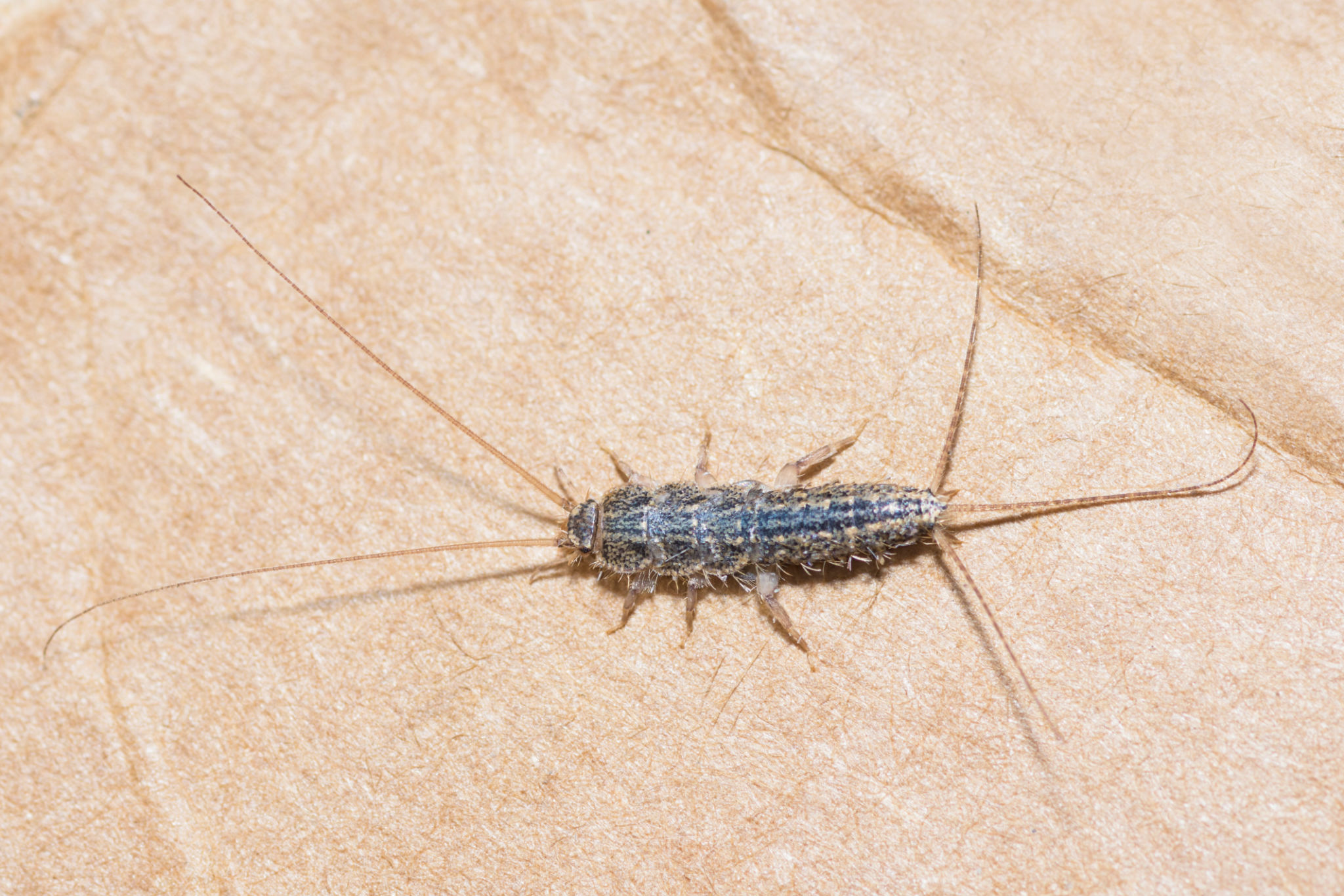Where Do Silverfish Come From?
If you've ever flicked on a bathroom light at 2 AM only to watch a silver streak dart behind your toilet, you've met one of nature's most ancient party crashers. Silverfish have been perfecting the art of home invasion for roughly 400 million years—which means they were annoying homeowners long before homes even existed. But where exactly do these prehistoric pests originate, and why do they seem to love your Phoenix home as much as you do?

Silverfish Habitats and Origins
Silverfish aren't actually fish (shocking, we know), but they've earned their name through their distinctive swimming motion and metallic sheen. These primitive insects belong to the order Zygentoma and have remained virtually unchanged since the Paleozoic era. Think of them as the ultimate survivors—they've outlasted dinosaurs, ice ages, and even dial-up internet.
In nature, silverfish habitat includes leaf litter, under rocks, and in decaying organic matter where moisture levels remain consistently high. They're nocturnal creatures that prefer temperatures between 70-80°F with humidity levels above 75%—which makes Phoenix homes particularly attractive during certain seasons, especially when air conditioning creates condensation or when monsoon season increases indoor humidity.
What Are the Common Causes of Silverfish Infestations?
Understanding the causes of silverfish infestations starts with recognizing that these pests are opportunists. The primary reasons for silverfish making themselves at home include:
Moisture accumulation from leaky pipes, poor ventilation, or high humidity levels creates the perfect silverfish habitat within your walls. Food availability in the form of starches, sugars, and cellulose-based materials provides sustenance. Undisturbed areas like storage rooms, closets, and basements offer ideal hiding spots for reproduction and growth.
A silverfish infestation typically begins small—perhaps a few individuals entering through cracks, gaps around pipes, or even hitching rides on cardboard boxes or paper products. Once established, they can reproduce quickly in optimal conditions.

What Attracts Silverfish to Your Home?
What attracts silverfish goes beyond just basic survival needs. These pests are particularly drawn to starchy materials like book bindings, wallpaper paste, clothing fibers (especially cotton and linen), and even photographs. They're also attracted to areas with consistent moisture—bathrooms, laundry rooms, and kitchen sinks become silverfish magnets.
In Phoenix homes, seasonal monsoons can create unexpected humidity spikes that suddenly make your property irresistible to silverfish. Air conditioning condensation, particularly around ductwork in basements or crawl spaces, provides both moisture and cool temperatures that these pests crave.
Types of Silverfish and Their Behavior
While several types of silverfish exist, homeowners most commonly encounter the Common Silverfish (Lepisma saccharina) and the Gray Silverfish (Ctenolepisma longicaudata). Both species share similar behaviors: they're incredibly fast (capable of running up to 15 inches per second), prefer darkness, and can survive up to a year without food—making them formidable opponents in the pest world.
These insects are also surprisingly destructive. They'll munch through paper, fabric, and even synthetic materials, leaving behind yellow stains and small holes that serve as calling cards of their presence.
Why Are Basement Silverfish So Common?
Basement silverfish infestations are particularly prevalent because basements naturally provide everything these pests desire. Underground spaces tend to maintain higher humidity levels, offer numerous hiding spots among stored items, and receive less foot traffic—creating an undisturbed silverfish paradise.
In Phoenix, while traditional basements are rare, similar conditions exist in crawl spaces, utility rooms, and poorly ventilated storage areas. These spaces often house water heaters, HVAC systems, and stored cardboard boxes—essentially a silverfish buffet with climate control.
Does Pest Control Kill Silverfish? Here's How Rove Can Help
The short answer is yes—professional pest control absolutely kills silverfish, but the real question is whether it provides long-term solutions. Does pest control kill silverfish effectively? When done properly, absolutely.
At Rove Pest Control, we understand that successful silverfish bug extermination requires more than just eliminating visible pests. Our comprehensive approach includes:
Thorough inspection to identify moisture sources, entry points, and harborage areas. Targeted treatment using professional-grade products that reach silverfish hiding spots. Environmental modification recommendations to reduce humidity and eliminate attractants. Ongoing monitoring to prevent re-infestation.
Our silverfish bug extermination process addresses both immediate infestations and long-term prevention. We'll help you identify what attracts silverfish to your specific property and develop strategies to make your home less appealing to these ancient invaders.
Ready to evict your uninvited guests? Contact Rove Pest Control today for a comprehensive silverfish inspection and treatment plan. Because while silverfish may have survived 400 million years, they don't need to survive another day in your Phoenix home.
Professional pest control services available throughout the Phoenix metropolitan area. Call Rove Pest Control for your free consultation.
Word count: 799
